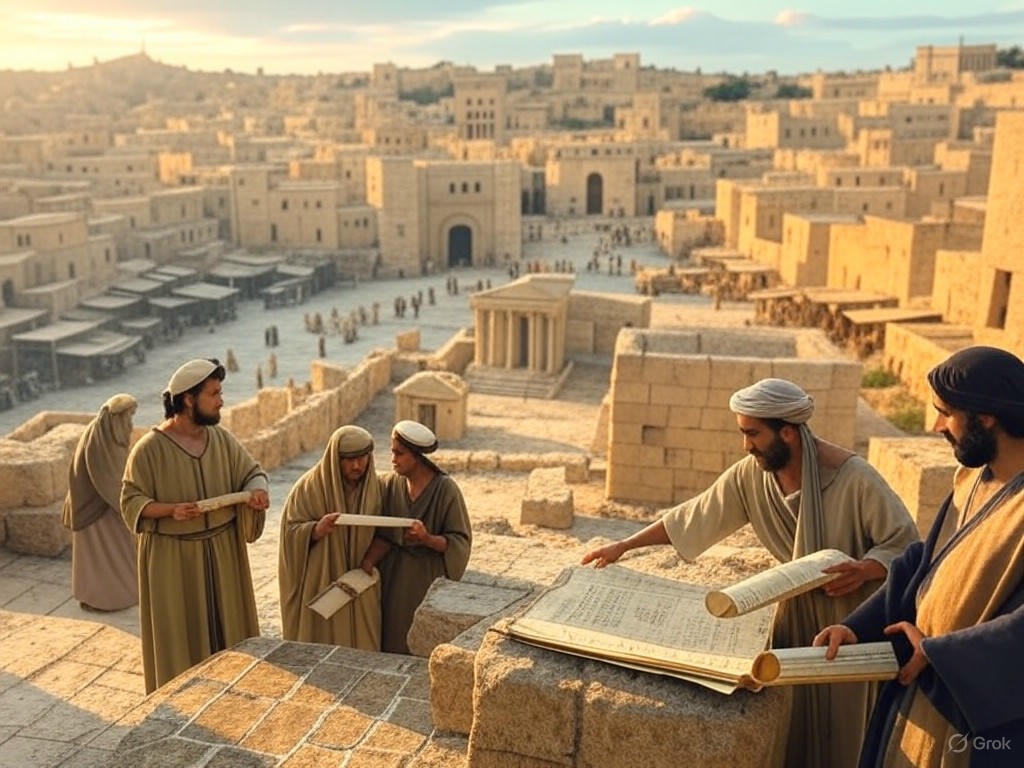Unearthing the Turbulent Past of a Biblical City Through Science
In a groundbreaking study, archaeologists have peeled back the layers of time to uncover the tumultuous history of a city central to ancient biblical narratives. Using cutting-edge radiocarbon dating techniques, researchers have pieced together a timeline that aligns with accounts from Egyptian, Assyrian, and biblical records, shedding new light on a place often shrouded in myth and mystery. This city, a crossroads of conflict and culture in the ancient Near East, has long been a focal point for historians seeking to understand the interplay of power and faith in antiquity.
The innovative use of radiocarbon dating allowed scientists to analyze organic remains found at the site, such as charred wood and seeds, with unprecedented precision. By establishing a detailed chronology of destruction and rebuilding, the team confirmed that the city endured multiple sieges and conquests over centuries. These findings correlate with ancient texts describing brutal campaigns by foreign empires, as well as internal strife among local kingdoms. Each layer of ash and rubble tells a story of resilience, as the city’s inhabitants repeatedly rebuilt their homes amidst the chaos of war. This scientific approach not only validates historical accounts but also provides a clearer picture of how geopolitical forces shaped the region.
One of the most striking revelations is the evidence of a major destruction event that matches descriptions of a significant military campaign recorded in ancient writings. The charred remnants of buildings and artifacts suggest a rapid, violent end to a prosperous era, likely at the hands of a powerful invading force. Such discoveries highlight the harsh realities faced by ancient societies, where survival often depended on navigating complex alliances and enduring relentless conflict. Beyond the destruction, archaeologists also uncovered signs of cultural exchange, with pottery and tools reflecting influences from neighboring civilizations, painting a picture of a city that was both a battleground and a melting pot.
The implications of this research extend far beyond academic circles. By grounding biblical and historical narratives in tangible evidence, scientists are fostering a deeper understanding of the human experiences behind these ancient stories. The city’s past, marked by cycles of ruin and renewal, serves as a powerful reminder of humanity’s enduring spirit in the face of adversity. Moreover, the success of radiocarbon dating in this context underscores the potential for technology to revolutionize our understanding of history, offering a bridge between the written word and the physical remnants of the past.
As archaeologists continue to excavate and analyze, the story of this biblical city is still unfolding. Each discovery adds a new chapter to a saga of conflict, faith, and survival that has captivated scholars and believers alike for generations. This fusion of science and history not only enriches our knowledge of the ancient world but also invites us to reflect on the timeless struggles and triumphs that define the human condition.


